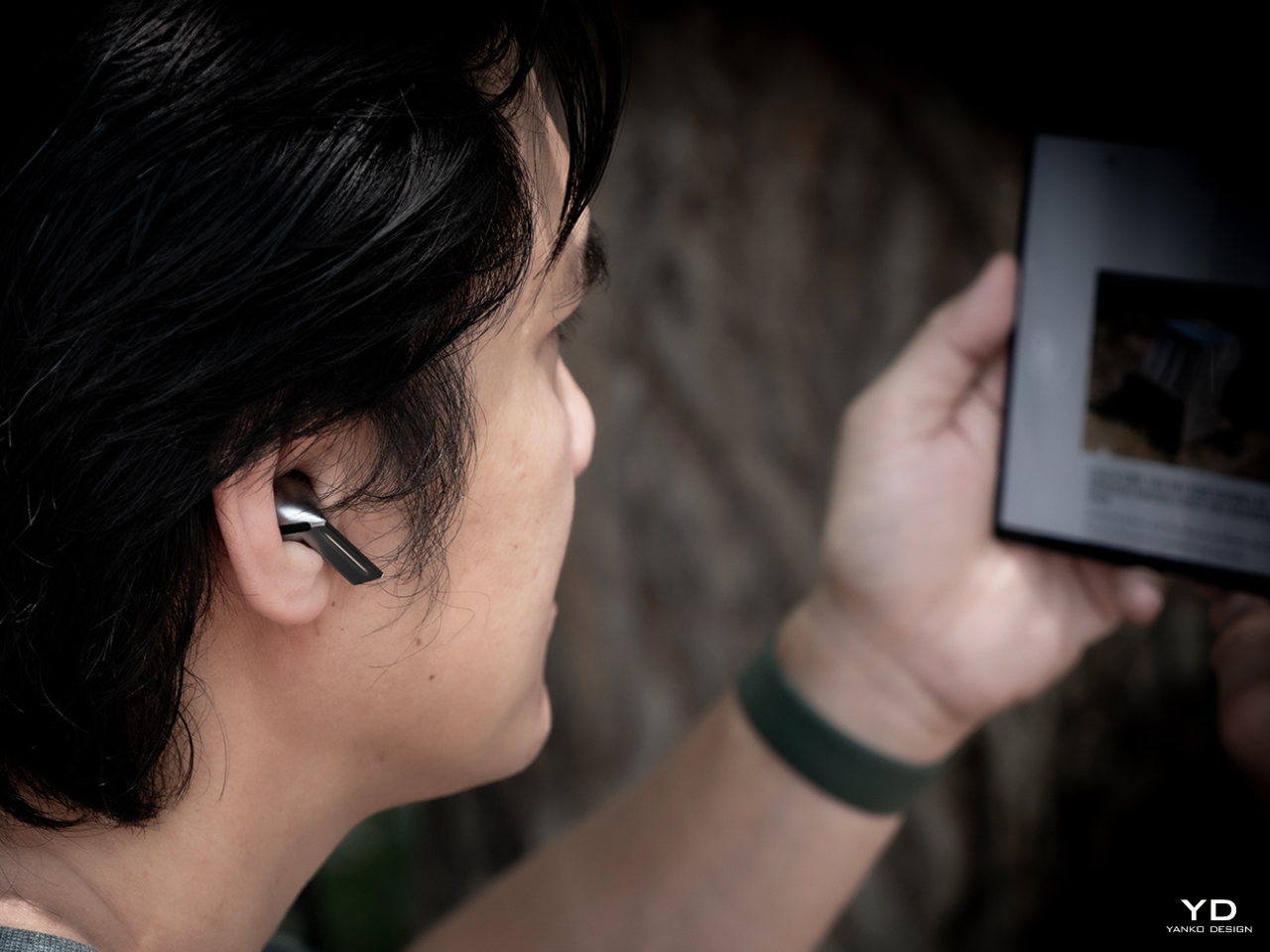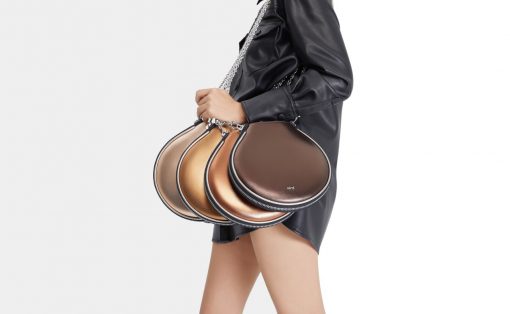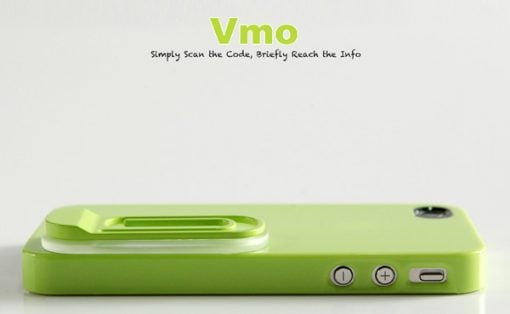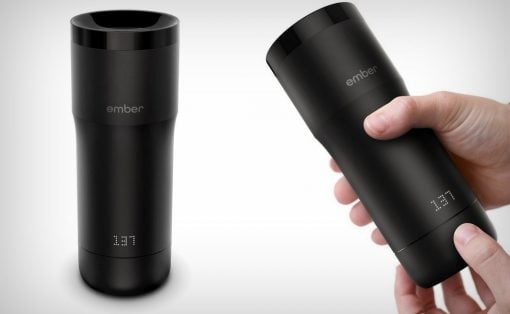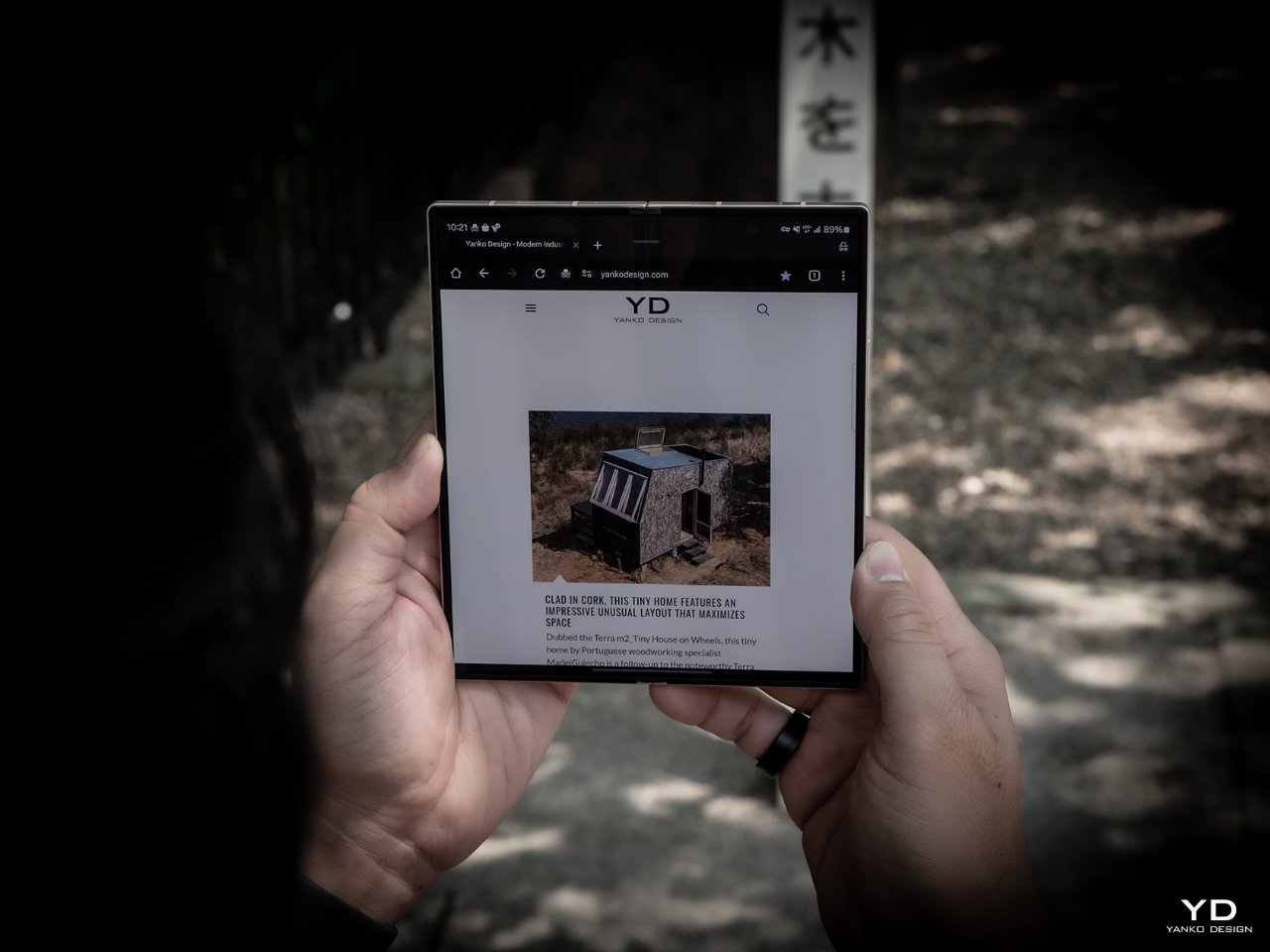
PROS:
- Classic, no-nonsense, and reliable design
- Improved screen size and aspect ratio
- Strong performance and feature set
- Long-term software support and IP48 rating
CONS:
- Still more expensive than competing brands
- Decent but dated camera system
By now, almost every major smartphone manufacturer other than Apple has launched a foldable phone. That includes even Google, who surprisingly didn’t stop at just one generation of the Pixel Fold. Of course, the ones that paved the way still have the lion’s share of that market, which means Samsung is still the leader in foldables of both the “book type” and the small clamshell design. Being first, however, doesn’t always mean you’ll end up always leading, and some have pointed out that the latest Galaxy Z Fold 6 is proof that the giant has been lagging behind. Is that the case, or are the new generation of flashy foldables setting people’s expectations instead? We put the Samsung Galaxy Z Fold 6 in our hands and give it a good turn to see if “old” is a bad thing in this case.
Designer: Samsung
Aesthetics
Samsung has taken a lot of heat for the Galaxy Z Fold 6’s design, with some people calling it iterative and dated. Such criticisms, however, are based on the presumption that new designs are always better or that changing designs every generation is a good thing. It should be noted that Apple, which is consistently hailed for its designs, would hold on to designs for years before making changes, and even then, the changes are often very minimal or even subtle. Sometimes, it’s a sign of maturity and reliability, giving people something familiar and comforting in an ever-changing smartphone market.
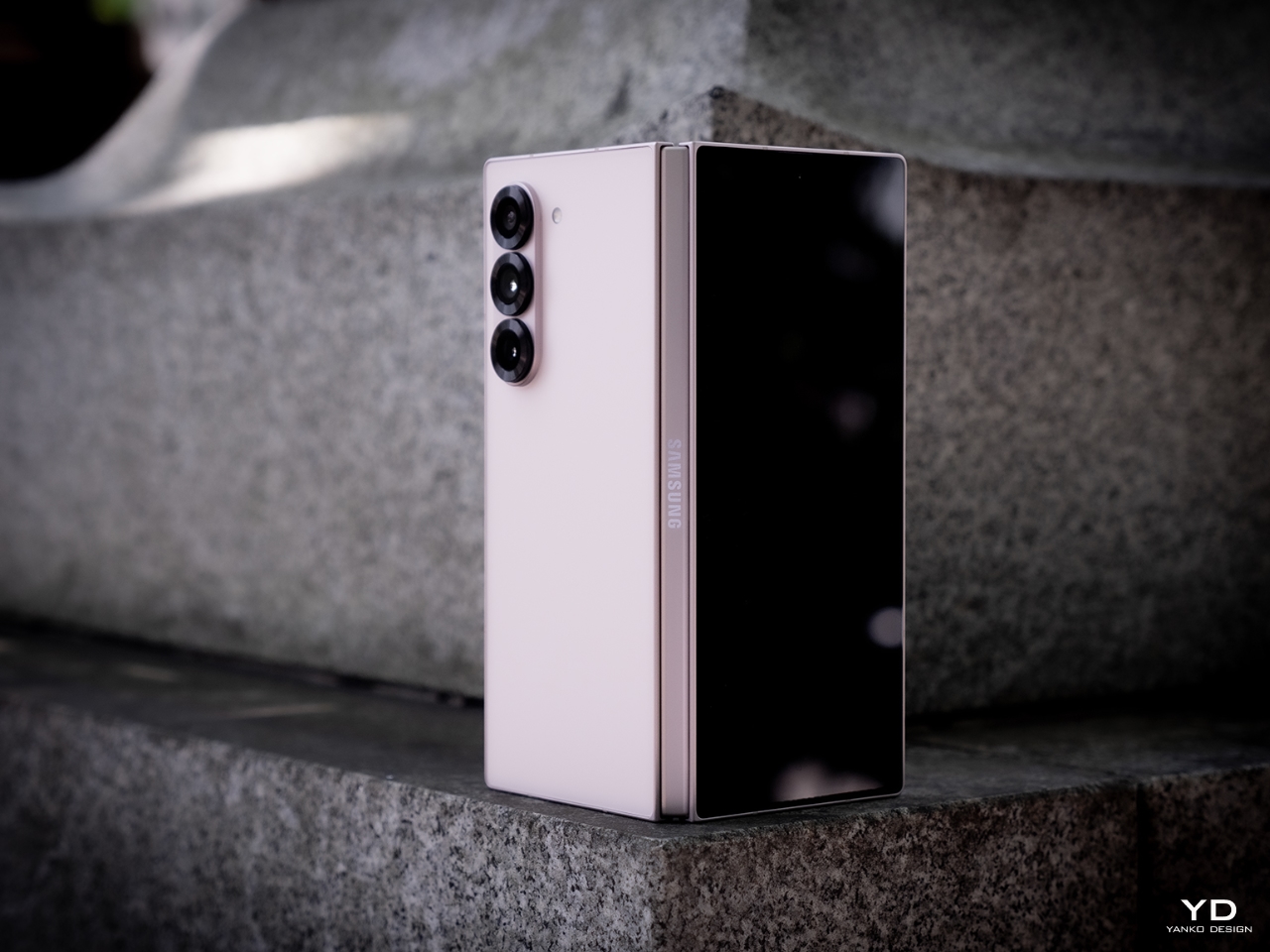
Samsung Galaxy Z Fold6
It’s not that the Galaxy Z Fold 6 is unattractive. On the contrary, it looks pretty elegant, distinguished, and refined. The most significant visual changes include the sharper corners, a larger and wider Cover Screen, and thinner bezels around the displays. Together with the flat edges from the last generation’s design, the Galaxy Z Fold 6 looks more similar to the Galaxy S24 Ultra, also launched this year. Samsung has ensured that its design DNA isn’t lost across devices, increasing the holding power of its brand, at least for this year.
The Galaxy Z Fold 6 embraces a more minimalist design language in stark contrast to almost every other foldable phone in the market today. That’s probably best seen in the triple camera setup on the back of the device, just three small equal-sized circles on a discreet pill-shaped island. Of course, there’s a cost to pay for that compact design, which we’ll get to later, but it’s hard to deny the appeal of such an aesthetic compared to the more obnoxious discs and blocks protruding from the backs of other foldable phones.
Ultimately, you get an elegant and premium-looking design that isn’t so far removed from the Galaxy S24 series, especially the Galaxy S24 Ultra. Is it iterative? Sure, but that in itself isn’t always a negative. Samsung made a few discernible changes but kept the overall language the same over the years. It might be exciting to see what new designs other brands will cook up next, but that novelty can fade quickly, leaving you with a design that might be a bit eye-catching at first but becomes more of an eye-sore in the long run.
Ergonomics
If there’s one major flaw in Samsung’s Galaxy Fold design, it would be the narrow and tall external screen. That made it awkward and even uncomfortable to use the foldable phone when folded, which pretty much defeated the purpose of having a screen there in the first place. Although not in the same vein as the Google Pixel Fold or the OnePlus Open, Samsung may have finally fixed that problem in the Galaxy Z Fold 6, potentially making it the first usable iteration of its line.
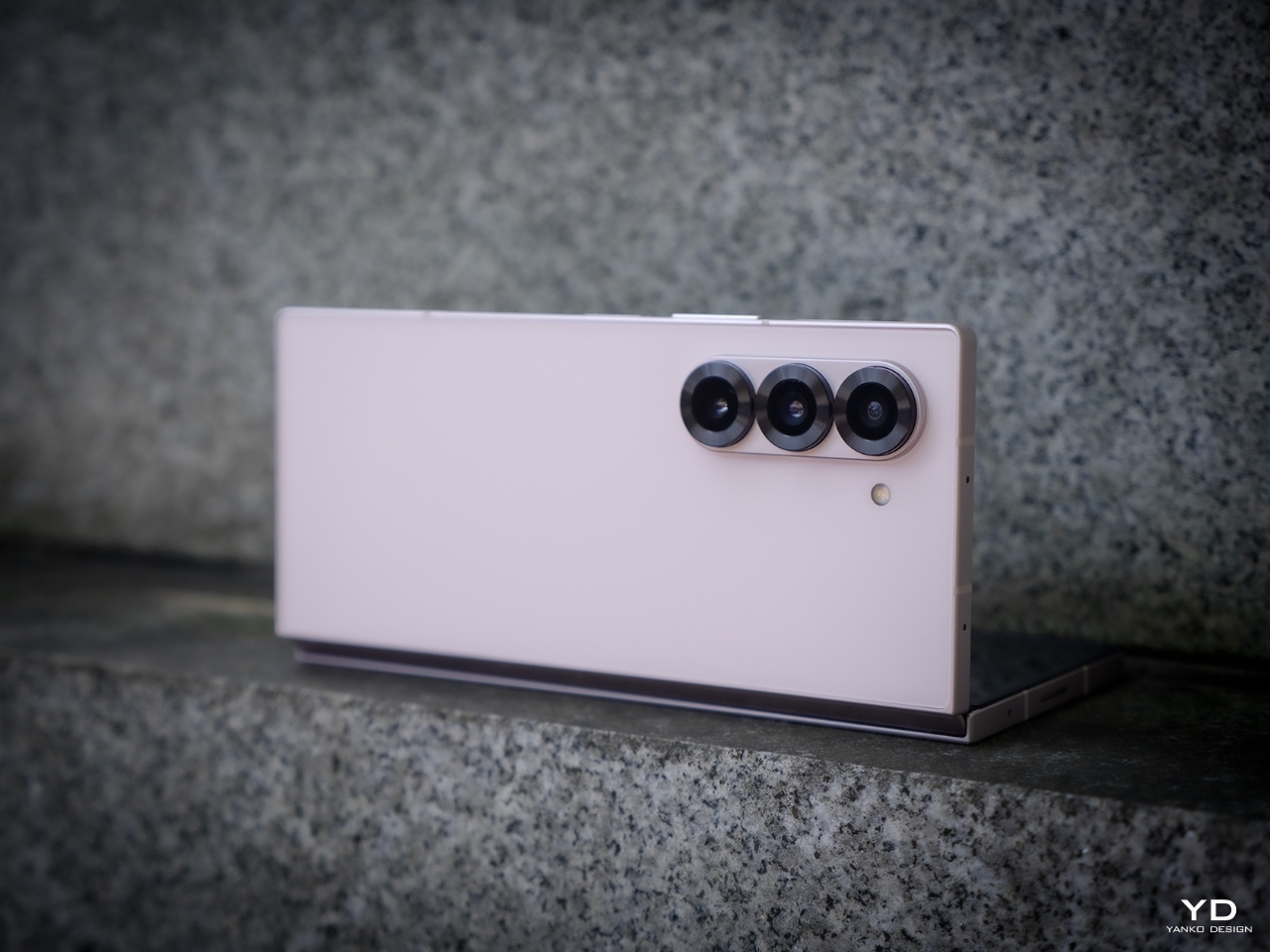
The larger 6.3-inch Cover Screen now covers a wider area, partly thanks to the reduction of bezels around it and partly thanks to sharpening the corners. Together with the overall lighter body and flat edges, the Galaxy Z Fold 6 is easier to hold and use as a phone. It’s still narrower than a regular smartphone, but not by much anymore. Samsung may have finally reached a good compromise in this design that works when the phone is closed and when it’s open.
Of course, using the Galaxy Z Fold 6 as a mini tablet is still a pleasure, even more so now. It now looks and feels more like a very colorful e-book reader, especially with its squarish shape. Although the screen size remains the same compared to last year’s model, reducing bezels and flat edges gives it an edge (pun intended) when handling the device.
Performance
Like with the design, Samsung used a tried and tested formula for the Galaxy Z Fold 6’s hardware, which pretty much means top-of-the-line specs, at least for the most part. The Qualcomm Snapdragon 8 Gen 3 is still the undisputed smartphone performance king outside of Apple’s kingdom, and the 12GB of RAM, though modest by today’s standards, is still decent, especially with some RAM Plus extension.
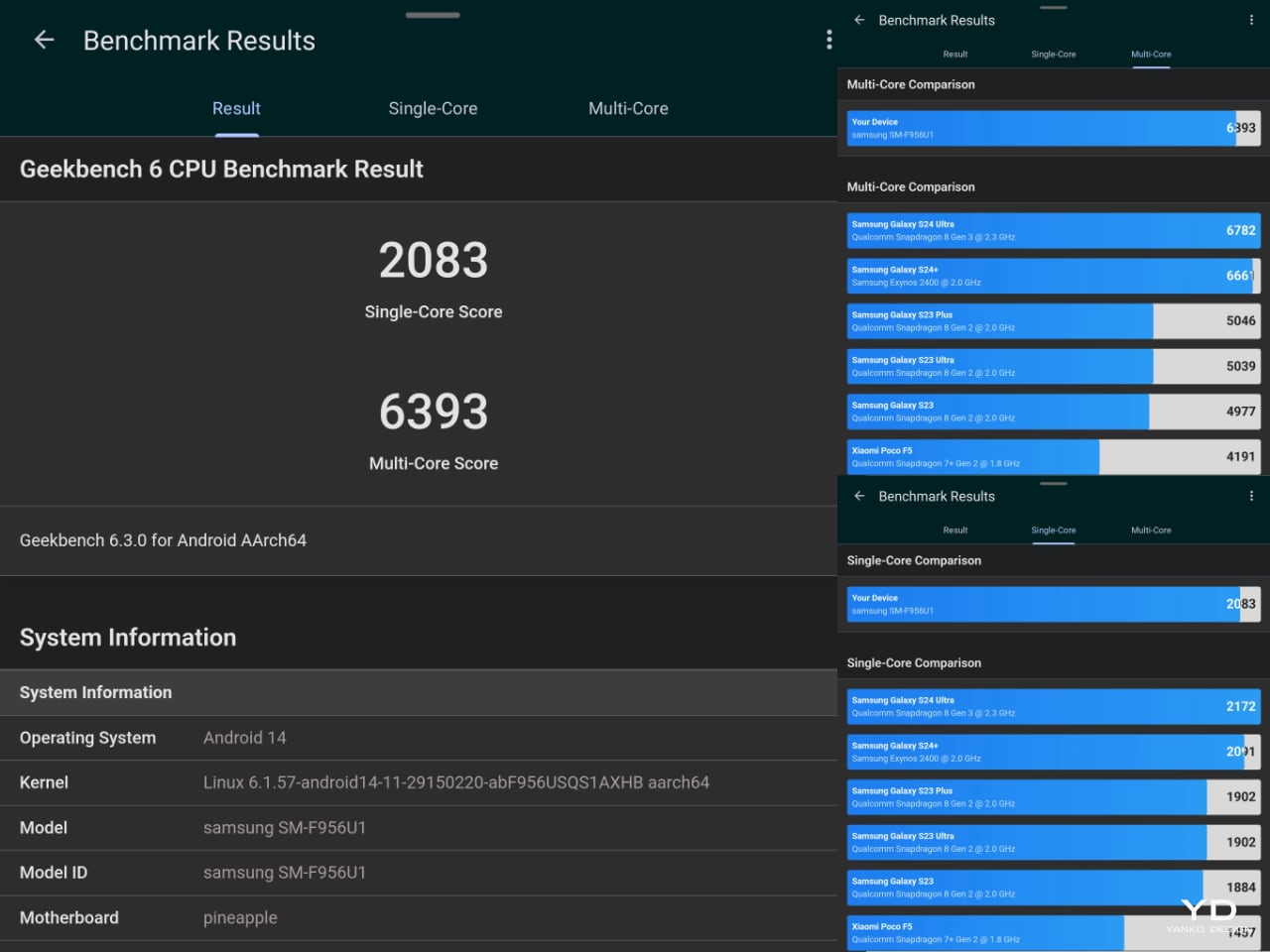
The external screen is just as bright and vibrant as ever, just now even larger than before. The internal 7.6-inch screen might not seem to have changed much until you realize you haven’t been noticing the crease as much. It’s still there if you look for it, but it has even less of a telling presence this year. With powerful silicon and gorgeous screens, the Galaxy Z Fold 6 never comes up short in performance, whether watching videos, playing games, or simply scrolling through social media. Of course, that includes AI features, though these still feel a bit more gimmicky and entertaining rather than practical for everyday use.
That said, hardware is also one area where the criticism of Samsung’s iterative approach holds the most water. As mentioned, 12GB of RAM, while usable, is pretty tight and frugal these days. Samsung has also been using the same 4,400mAh battery and the same 25W “quick” charging since the Galaxy Z Fold 3 in 2021. The latter is probably a compromise to keep the Galaxy Z Fold 6 almost as light as a regular non-foldable phone, but its age definitely starts to show.
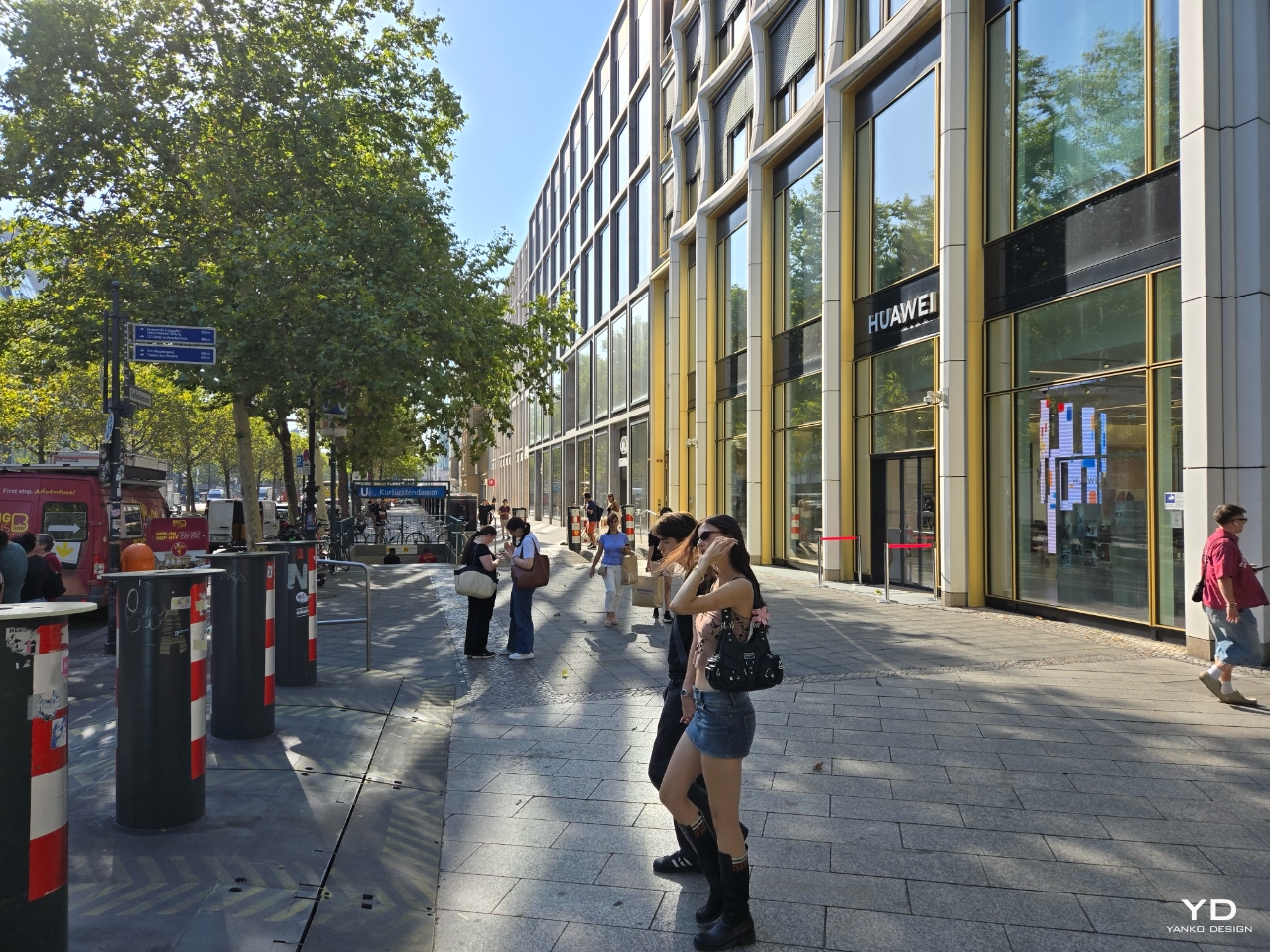
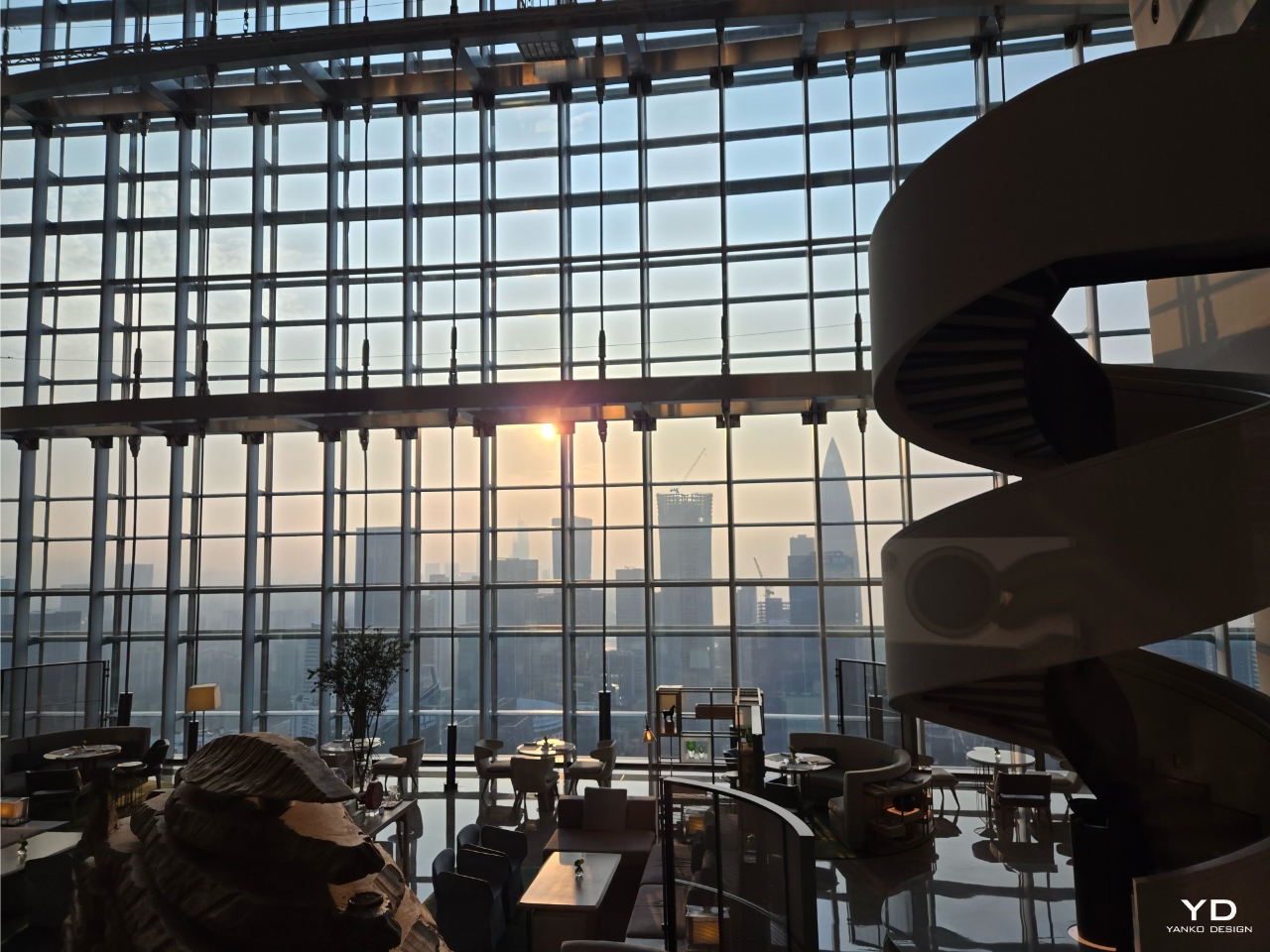
Perhaps the biggest point of contention for Samsung’s 2024 foldable is the camera system, which has remained virtually unchanged since 2022. On the back, you have a 50MP main camera, a 10MP telephoto with 3x optical zoom, and a 12MP ultra-wide shooter, perhaps the only significant upgrade to this year’s foldable. On the external screen, you get the same 10MP front-facing camera, and inside is the same dismal 4MP under-display camera. It’s pretty much the same formula, so you’re getting almost the same results, which, fortunately, isn’t all that bad.



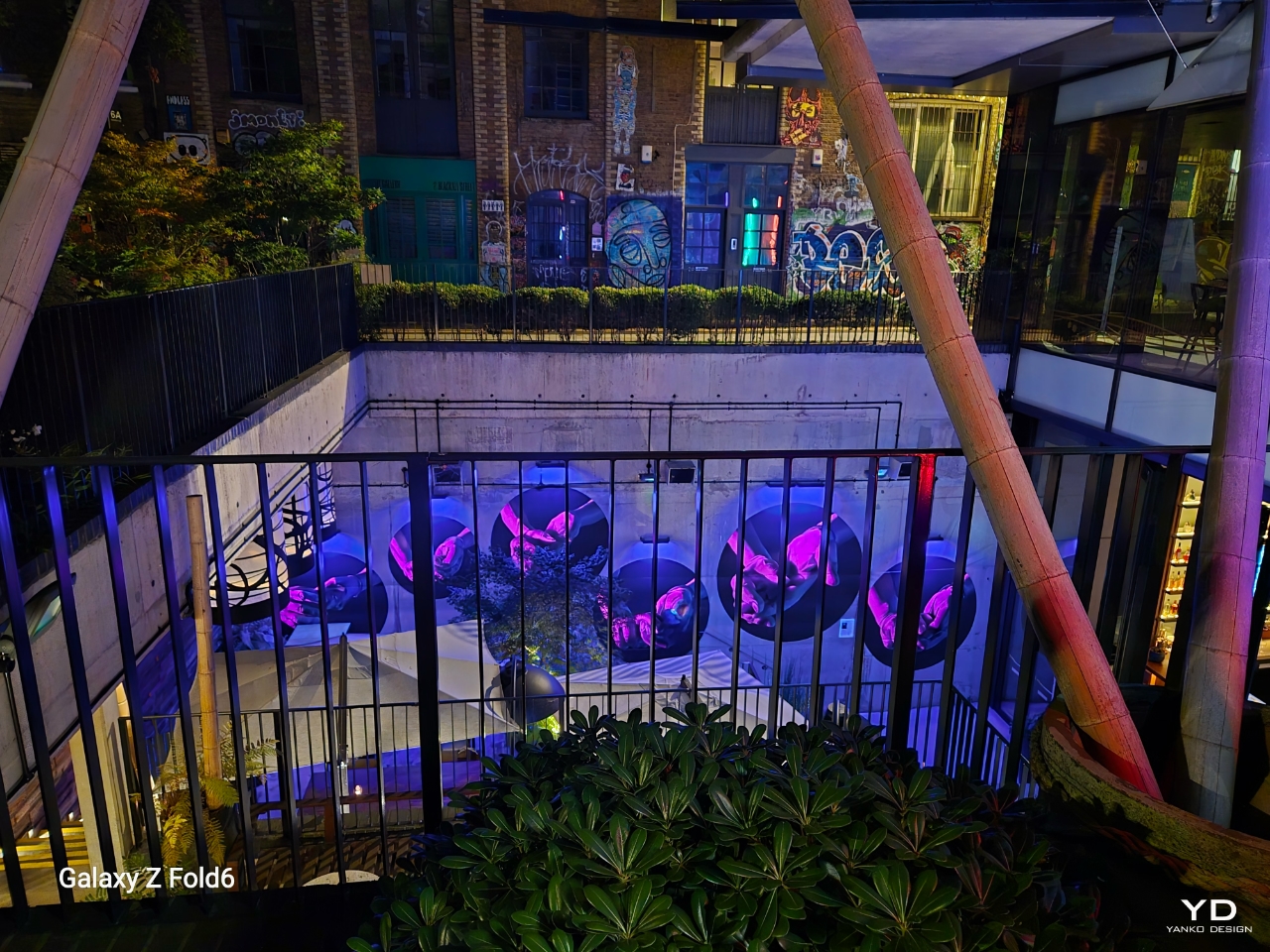
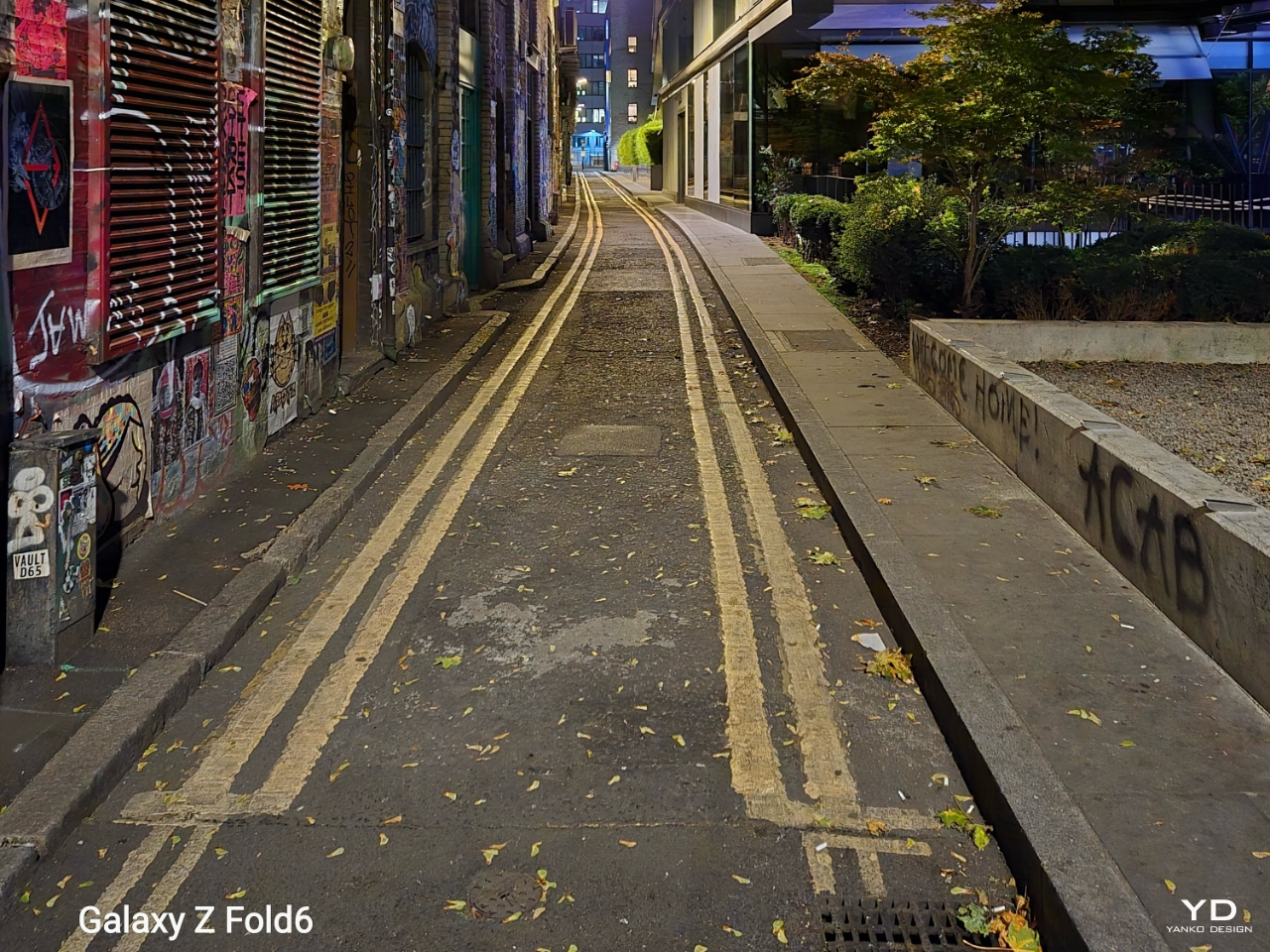
To be clear, the Galaxy Z Fold 6 still takes great photos, but it is lagging behind even its own cousins in this department. Samsung may be trying to pull an Apple in doing more with less, using computational photography and AI to compensate for hardware deficiencies, but those can only do so much. You definitely get plenty of detail, a wider dynamic range, and accurate colors, especially with sufficient lighting, and the new ultra-wide camera also takes brighter photos. Regardless, given its price tag, you’d probably expect a bit more than “decent.” In other words, you are not paying for the cameras or the photography experience.
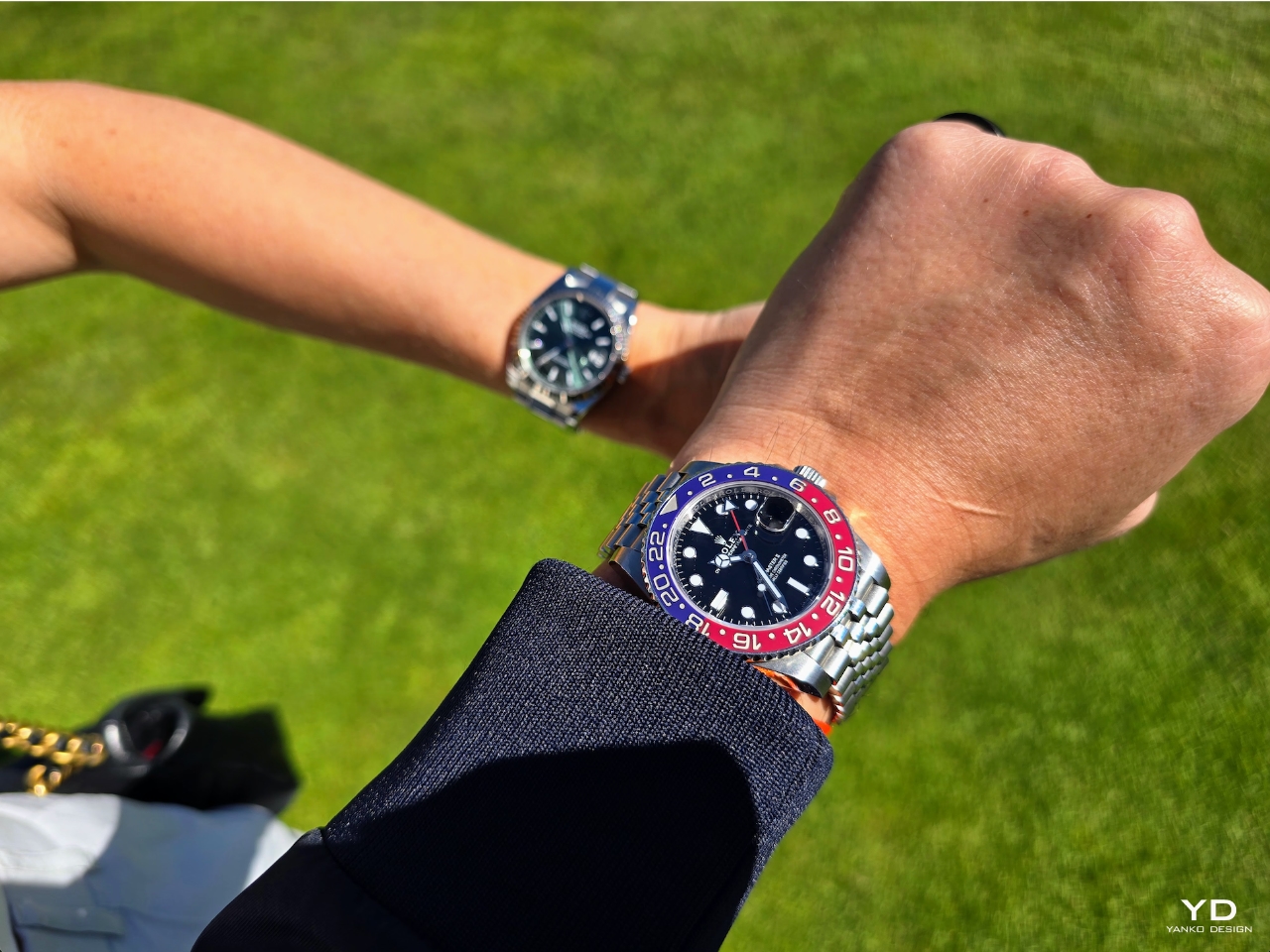
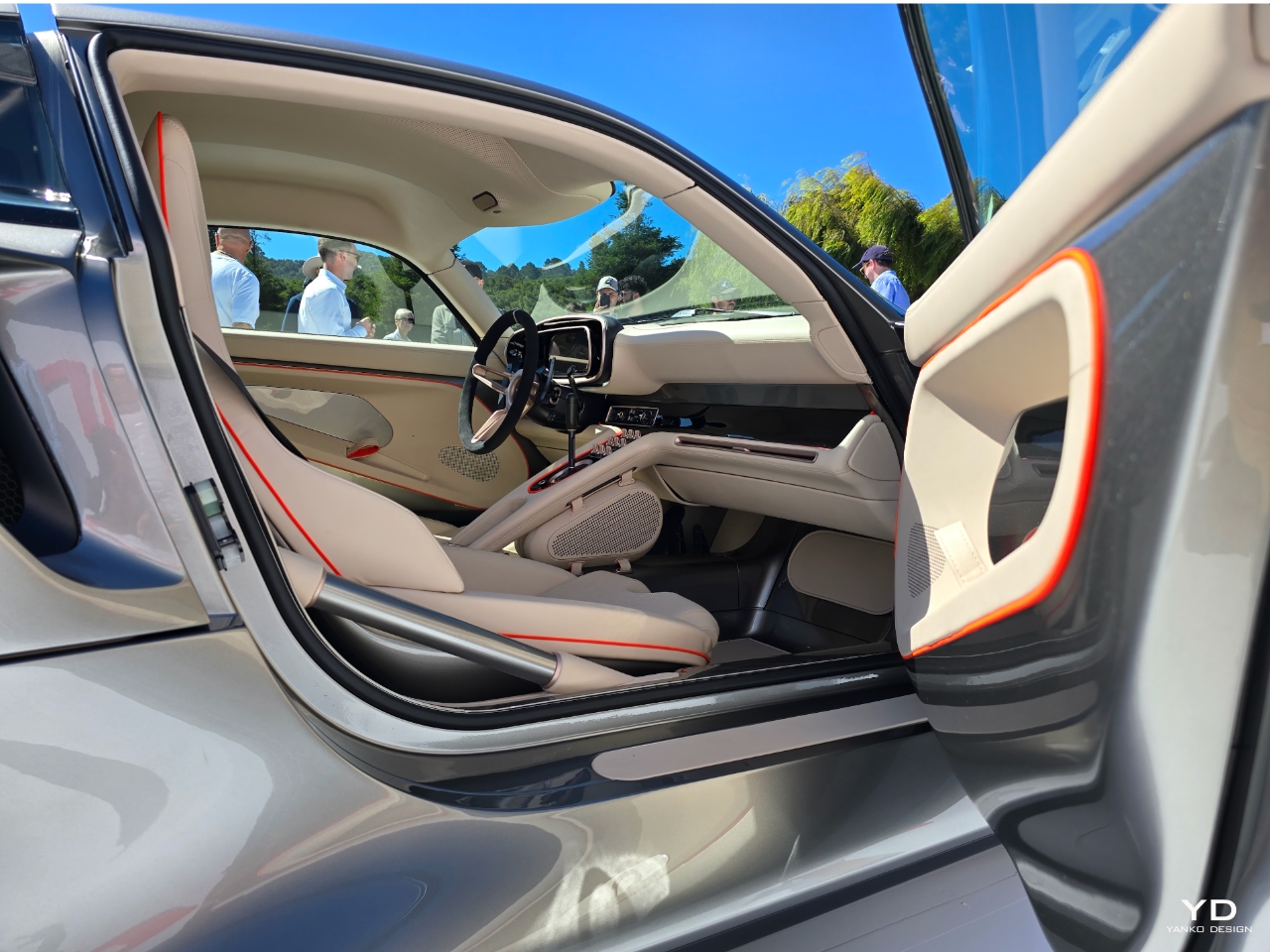
Sustainability
As one of the world’s biggest smartphone manufacturers, Samsung has a big responsibility to help keep the planet alive for future generations. Thankfully, it takes that responsibility quite seriously, and every year, we see it take steps on multiple fronts to ensure its phones become sustainable parts of modern life. This year’s foldable includes plenty of recycled materials, including plastic, glass, aluminum, cobalt, and rare earth metals. For the first time in a Galaxy phone, the Galaxy Z Fold 6 includes recycled gold and copper components.
Samsung is also doing its part to make the rather pricey foldable phone last as long as possible through improved durability and software support. The Galaxy Z Fold 6 is the first of its kind to achieve an IP48 rating, a significant improvement over its predecessors’ IPX8 rating. Samsung also promises seven OS upgrades and seven years of security updates, ensuring that this expensive investment won’t become obsolete quickly, especially considering how its cameras are already on the old side at this point.
Value
The Galaxy Z Fold 6 might not have mind-blowing cameras or an eye-popping design, but it offers plenty of features that matter. It is one of the extremely few that supports an active stylus with pressure sensitivity and one of an even smaller group of phones with a desktop mode that makes you feel like you’re using an Android PC. With solid performance and a stylish minimalist design, what’s not to love?
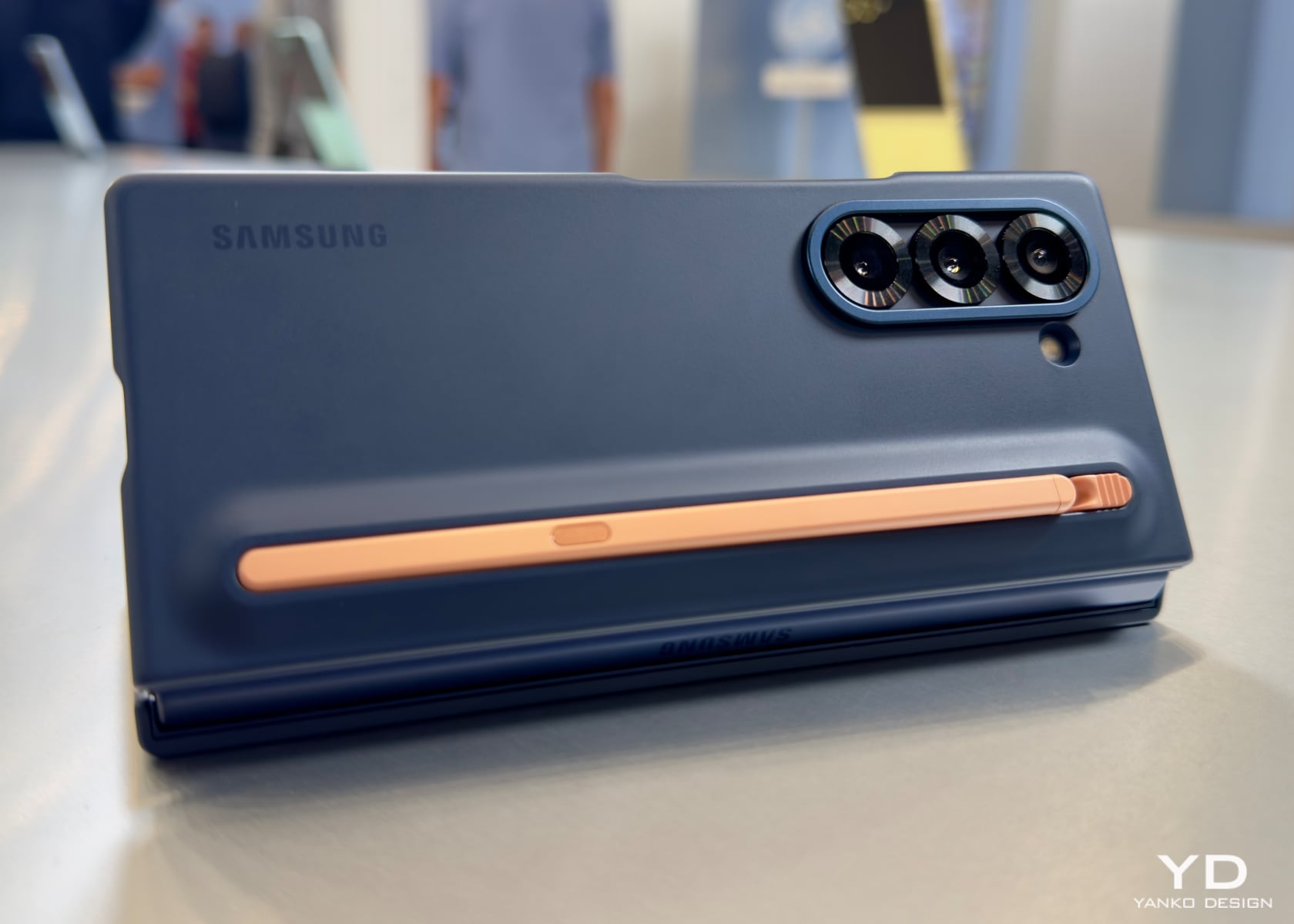
Most definitely, the price amounts to $1,900 for a paltry 256GB of storage. That’s not only the most expensive “normal” foldable in the market today, but it’s even strangely $100 higher than the Galaxy Z Fold 5 when it launched last year. With few upgrades and changes, you’d be forgiven for scratching your head at Samsung’s decision. At that price point, you’d expect a little bit more, maybe a bit more battery, a bit more RAM, or better yet, a bit more camera prowess. Fortunately, the Galaxy Z Fold 6 is made to last, though that still makes it feel more like a luxury item than a consumer product, which could be Samsung’s intention.
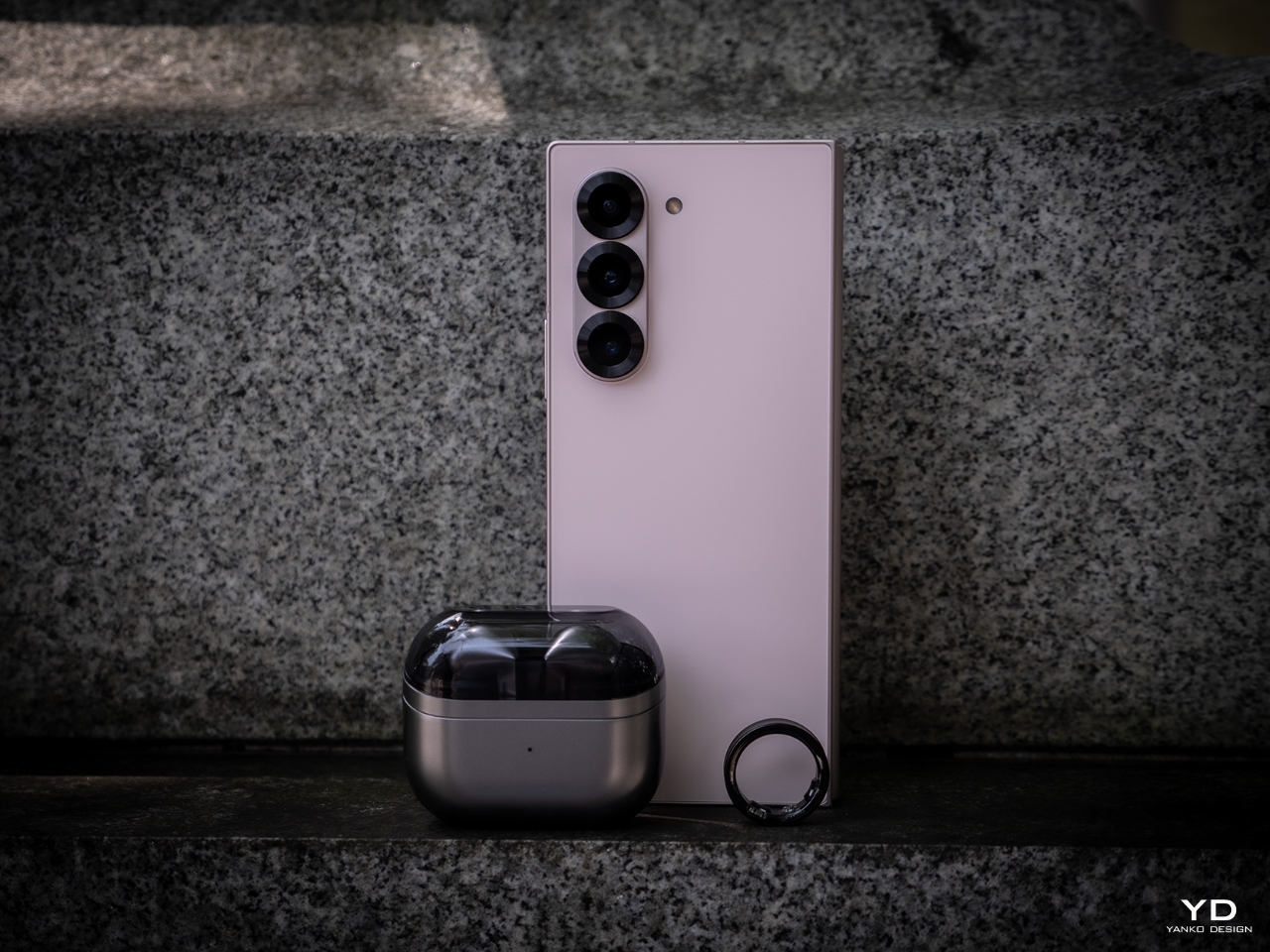
Verdict
The fast-paced dynamics of the smartphone market have trained our brains to look for new things every year, whether it’s a new design, new hardware, or a new feature. Newer doesn’t always mean better, and the Galaxy Z Fold 6 is proof of that. It has a classic design focuses on the essentials and leaves out all the fluff, creating an aesthetic that is as luxurious as its price tag. Yes, we wish Samsung had delivered more, especially regarding the cameras, but that also has trade-offs for design and usability. In the final analysis, Samsung wisely picked its battles to deliver a foldable phone with an elegant design and a solid set of features you can rely on for years to come.
